Growing a small business can be tough, tiring, and costly work.
And many small businesses fail in just a few short years.
Finding a way to make your business succeed can be tricky.
There’s competition for every subset and every niche imaginable. There’s even competition for niches within a niche.
So how are you supposed to grow a business?
With growth hacks, of course!
Growth hacks are unconventional tactics used by companies to achieve explosive growth in a short amount of time.
And they worked for big companies like Facebook and Dropbox, so they’ll absolutely work for you, too!
Except, not exactly.
Sure, the growth-hacking industry has exploded so much that there are even job titles based on it.
But while growth hacking has worked for some, I think it’s a bit of a curse for others.
People often perceive it as a one-stop shop.
A get-rich-quick scheme if you will. It’s like seeing those billboards that say, “Make $100,000 a day from your bed.”
They’re not all that reliable, and they tend to have a bit of a scammy feel.
And to successfully growth hack a business by 10x, you need incredibly diverse systems in place and tons of cash flow to make it happen (like Facebook).
If we’re realistic, that’s not always possible for a small business.
But you still need to grow your business fast.
You need that 10x growth to take your business to the next level.
Thankfully, there are a few ways to do that without using growth hacks.
Here’s a bit of background on what exactly goes into growth hacking, why it’s failing, and what to do instead.
What is growth hacking and why it’s failing you
So, what exactly is growth hacking?
It usually differs in definition depending on each person you ask or source you read.
According to Google, here’s what growth hacking means:
The problem with that definition?
It’s incredibly broad:
Rapid experimentation across marketing channels to find the most efficient ways to grow a business.
Sounds like a bunch of marketing jargon to me!
Growth hacking is one of the most overused buzzwords in the marketing industry today.
But let me give you some background on how it really started.
Sean Ellis coined it in 2010.
Sean had helped a large number of companies scale their businesses in record time.
Think of major companies that were once small fish in the sea just like you and me:
Dropbox, Eventbrite, Lookout.
They were small companies once, too. But then Sean got his hands on them.
He was a one-man operation setting up marketing-automation systems, processes, and mindsets before any of that was the norm.
But he quickly found that when he’d turn those systems over to someone else, the growth would stop.
Why? Because most marketers weren’t putting all of their eggs into the growth-hacking basket.
Sean, on the other hand, was only concerned with growth.
Every single decision Sean has ever made was based on growth. If the tactic wasn’t going to lead to growth, he would toss it in the trash.
He had an obsession with growth. And that’s why he was able to grow his businesses.
So what does growth hacking really mean today?
I would define it as finding strategies and tactics that are proven to generate quick, scalable growth for your business.
But why is it failing? I’ll give you a few succinct reasons:
- Growth hacks don’t make your product any more compelling or useful.
- Growth hacking requires a specific mindset that not everyone has.
- Growth hacking is more effective when you’re already experiencing growth.
Do you see the problem now?
If your product isn’t incredible, then no amount of time and money spent on growth hacks will make it any better.
If your product isn’t useful, it doesn’t matter what type of growth hack you use. People simply won’t buy it.
Not everyone has the analytics mindset that is required for growth hacking, or the ability to eliminate literally anything and everything that doesn’t directly induce growth.
And growth hacking is most effective when you are already experiencing growth!
So, what can you do instead?
Here are a few things to focus on.
Develop a great product that people need
Remember the first reason I gave for why growth hacking is failing you?
Growth hacks don’t make your product anymore compelling or useful.
You can’t simply create a product because you think it’s a genius idea and then expect the customer growth to roll on in.
Just look at the number one reason why startups fail:
42% of the time they fail because there is no market need.
Meaning that nearly half of the time a startup won’t succeed because it does not solve a pain point.
Nobody needs or wants your product.
And the sixth most common reason? The product isn’t all that great:
Seriously.
How can you rightfully expect to growth hack your way to success if the product you’re selling isn’t up to industry standards?
You can’t! And that’s one of the biggest reasons why growth hacking fails most people.
They haven’t invested enough effort into the development of their product or value proposition to start growth hacking.
If you haven’t perfected your value and offer, you won’t get anywhere with growth hacks.
It’s not a magic wand.
And this isn’t just a small business or startup company problem.
Just take a look at Microsoft and their launch of Windows 8. Check out a few of the titles of subsequent blog posts on the new software.
There are many examples like this out there. But the point is:
Microsoft sets aside millions of dollars for marketing a new product. So you can bet that they set aside millions to launch Windows 8.
And guess what happened to their growth strategy?
It failed! Windows 8 was disliked. A lot.
So throwing money into a bad product and expecting 10x growth is just unrealistic.
Obviously, Microsoft and Windows are doing fine in the grand scheme of things.
The Windows 8 situation is just a cautionary tale. They learned from this mistake and we can, too.
It simply shows us that we need to make sure our product or service is the best it can be before we invest time and money into growing it.
Or, simply don’t put the cart before the horse.
One of my favorite examples of testing a product for its market strength comes from Bryan at Videofruit.
He generated a demand for his video courses before ever releasing them.
Using this pre-launch market validation, Bryan was able to realize that his product had potential.
He knew there was a market demand and that people wanted his product and resonated with his value proposition.
And now look at how well he’s doing:
So, how do you make sure your product fits a market need?
Start by posting it on a site like Product Hunt:
Product Hunt is a stellar site that focuses on helping startups achieve maximum growth.
It’s a site that was made by entrepreneurs for entrepreneurs.
It features the latest and greatest products in the tech and SaaS industry as well as physical products too.
The site is a great way to test the need and desire for your product.
You can also try using sites like Kickstarter to generate hype and investment.
The goal with this is to find out whether or not people want to buy or support your product.
If you get a good reception, you know that there’s a real need for your product in the market.
Focus here on developing a great product before trying to implement growth hacks on a failing one.
Growth hacking a broken service won’t generate more sales. But growth hacking a successful service will.
Target ads to your ideal customers
If you’ve got a product established and want to see massive, explosive growth in less time, one of the best ways is to target ads to your ideal customers.
For example, let’s say you find out that entrepreneurs and freelancers make up the majority of your purchasers, rather than agencies or large companies.
You’d obviously want to keep pushing your product to people like this.
So how do you achieve scalable growth that can be generated fast?
The answer is ads.
While not technically a growth hack, ads can actually boost your growth in an incredibly short amount of time.
If you’ve got a typical customer profile that converts best or a list of current customers, you can easily scale your product growth.
If you don’t, consider using a tool like HubSpot’s Buyer Persona.
This tool will ask you a series of 19 questions that are designed to help you figure out your typical, ideal customer profiles and buyer personas.
It is a fantastic way to quickly outline your ideal targets for using ads.
Once you’ve either crafted a persona (or multiple personas) or downloaded a list of your current clients, you have two great options to scaling your business.
First, with your existing customer list, you can create Lookalike Audiences on Facebook.
A Lookalike Audience is exactly what it sounds like:
It’s a version of a customer audience that allows you to target people who are exactly like your current customers.
That’s definitely a recipe for growth!
Have a custom remarketing audience that is converting like no other? Turn it into a Lookalike Audience.
Have an existing conversion pixel that’s converting at 10%? Turn it into a Lookalike Audience.
To get started, click “Create a Lookalike Audience” and select the source:
Here, you can create a new custom audience based on your customer emails:
You can either import data from a file, or directly from an email service like MailChimp:
After you upload or import your current contact list, you need to choose the “Audience Size.”
The audience size will range from 1-10% of the country that you select to target based on your custom audience.
I recommend using a 5% audience size to start. This will narrow down your Lookalike list to a close match and will weed out the unwanted prospects that won’t convert.
This is a great way to scale your growth quickly.
You are essentially targeting prospects that are identical to your current customers, meaning they should be looking for your products, too.
If you don’t have a customer list but have some personas to use, you can easily do that, too.
Simply create a new Saved Audience:
Start by narrowing down the basic demographics that match your buyer persona:
Edit the locations you target, the age of your current customer base, and the typical gender.
This will help you narrow down your list to target only customers that match up to your current ones or your target market.
Next, we need to set up the interests and exclusions:
For example, let’s say your product or service is a SaaS product that caters to growth hackers.
But, you also notice that only entrepreneurs are buying it. Meaning there are no agencies spending money on your product.
Here’s what your interests and exclusions should look like (on a basic level):
The target goal of audience size here should be 500,000-700,000.
Narrow down the interests and exclusions to match up to your target audience or current buyers!
Using these ads is a great way to target ideal customers.
You want to essentially growth hack your product without using the failing growth-hacking techniques.
Do basic competitor research
Competitor research should be a big part of your growth strategy.
Growth hacking doesn’t work if you haven’t explored your own product, improved your own systems, and proven yourself to be better than the rest.
And the only way to be better than your competition is to understand them.
Without a basic dive into what they are doing, how can you know if your value proposition is better? Stronger?
You can’t expect to grow if people are finding your competitor in the search result next to yours and are clicking their value propositions instead.
One of my favorite ways to discover competition and do basic research into them is to find out who is targeting the specific, long-tail niche keywords that I’m trying to rank for:
The goal here is to visit similar sites to yours and inspect their value proposition:
For example, that’s one of my recent value propositions.
I convey value by giving away free information on how to do SEO for small websites.
So, how do you create a value proposition that stands up against the competition? That you can then promote with growth hacks?
For starters, make sure you include the following aspects:
Value propositions should strike an emotional chord while also conveying what the customer will receive.
For example, this IS NOT what you want to write:
Our product has X feature that is #1 in the industry and is XX seconds faster.
There is almost no end value.
End value = my tool will save you xx minutes per day by ___
For example, take a look at how Lyft shows end value on their site:
A ride in minutes.
It provides the end value of eliminating the need to hail a taxicab, something that can often take you 20 minutes to find.
They solve the user’s problem before you even realize that it was a problem in the first place.
Research your competitor’s value proposition to understand what is driving conversions for them.
Then use that information to improve your own business.
Conclusion
Turning a small business into a money-making machine is no easy task.
I’ve been there before, that’s for sure.
There is competition for almost every single niche you can think of.
Even a niche within your own niche likely has multiple competitors.
So what do people turn to?
What they think the answer is: quick growth-hack tactics that promise to increase your business tenfold in just a few weeks or months.
Growth hacks promise results by using tricks that will build your business and grow your audience like you’ve never seen before.
But, growth hacks can also be a little too good to be true. Especially for small businesses just starting out.
It’s become a buzzword that people love to use, but it doesn’t always work.
In fact, it often fails.
So how do you 10x your growth and sustain your business without them?
Try focusing on your product as the end goal. Develop a great product that people love before you invest time in scaling it with growth hacks.
Next, try targeting ads to ideal customers. This will increase growth fast without the risk of wasting your time with failing growth-hack techniques.
Lastly, always do competitor research. Understand the aspects of their product that are doing well, and what’s not.
Growing a successful, sustainable business takes work and dedication.
It’s not something that can be growth-hacked overnight.
So put in the time and follow the steps that work.
What techniques are you using to replace failing growth-hacking techniques?

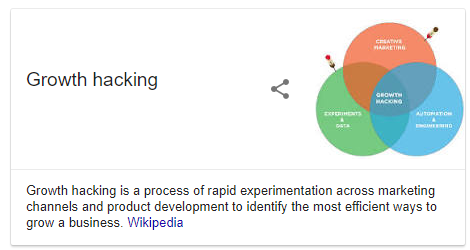

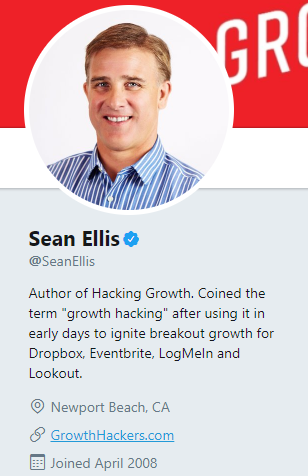
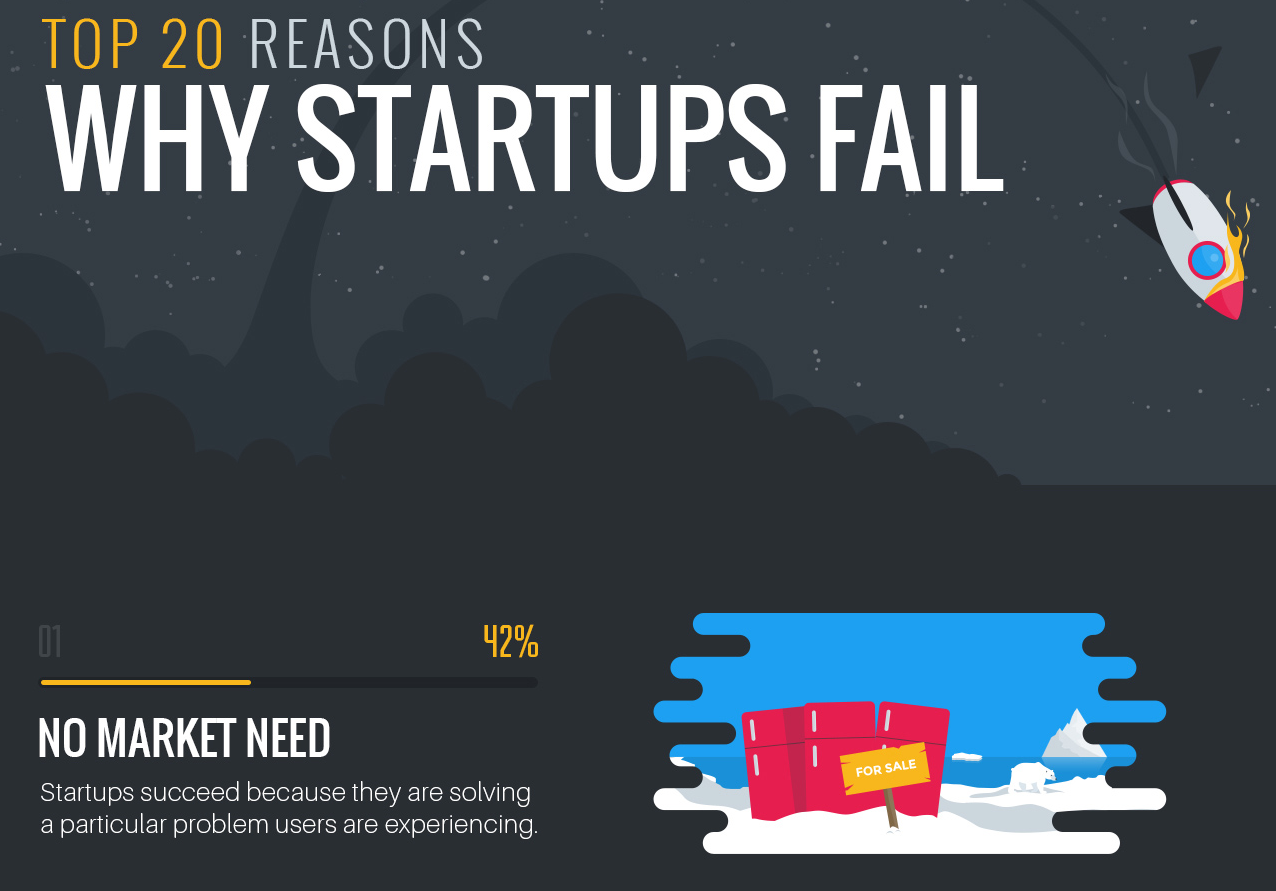



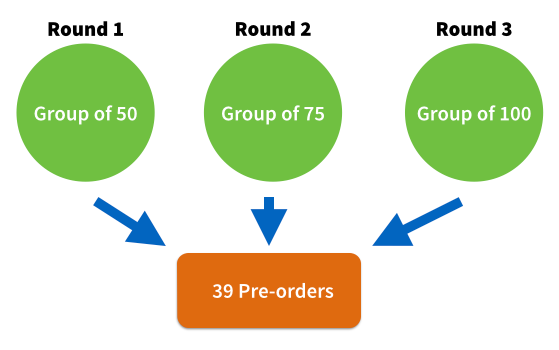
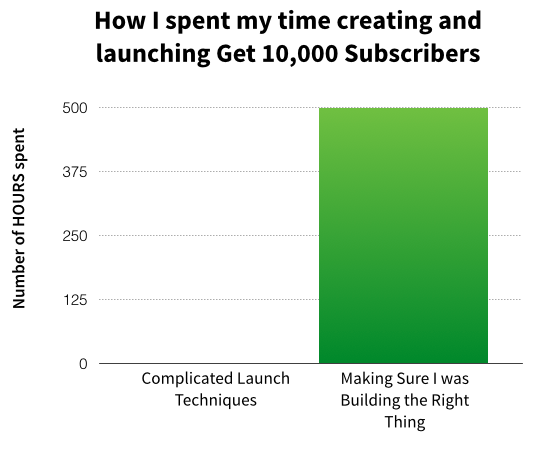

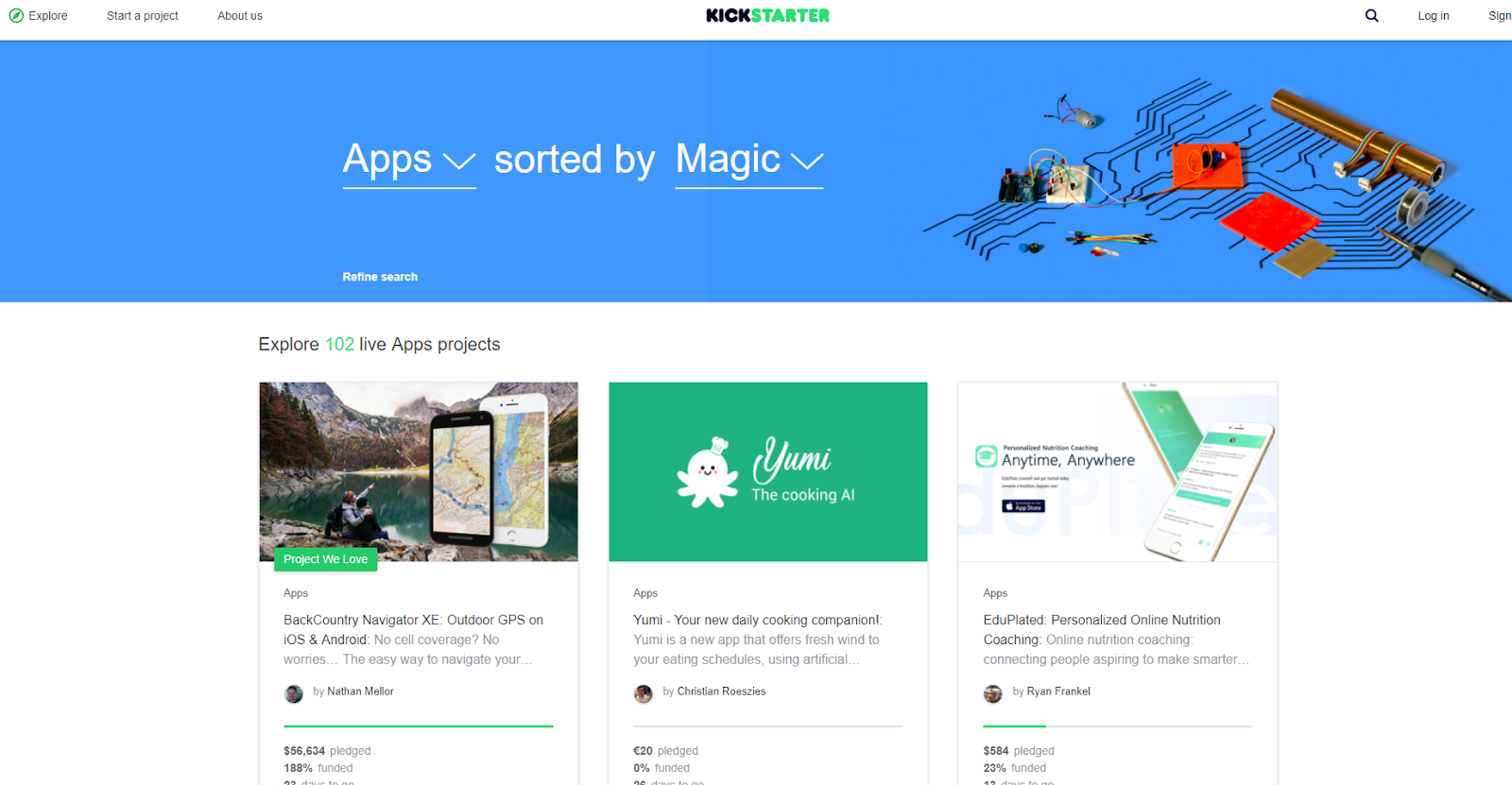

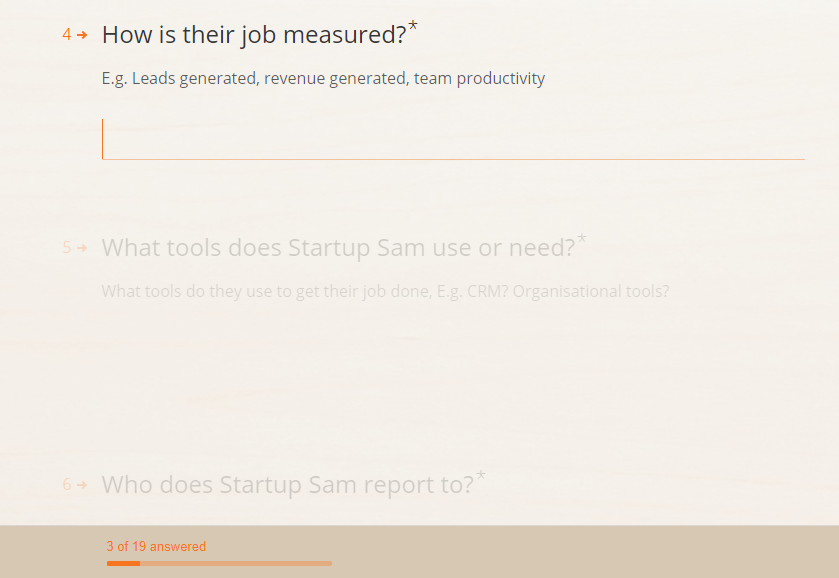


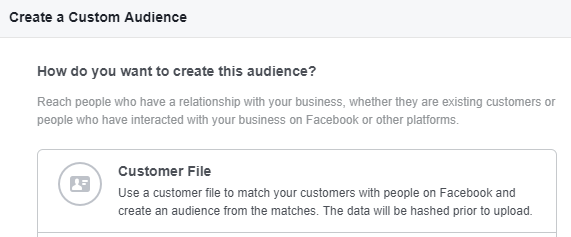
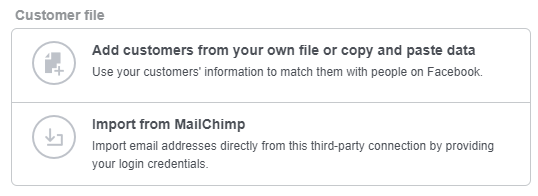


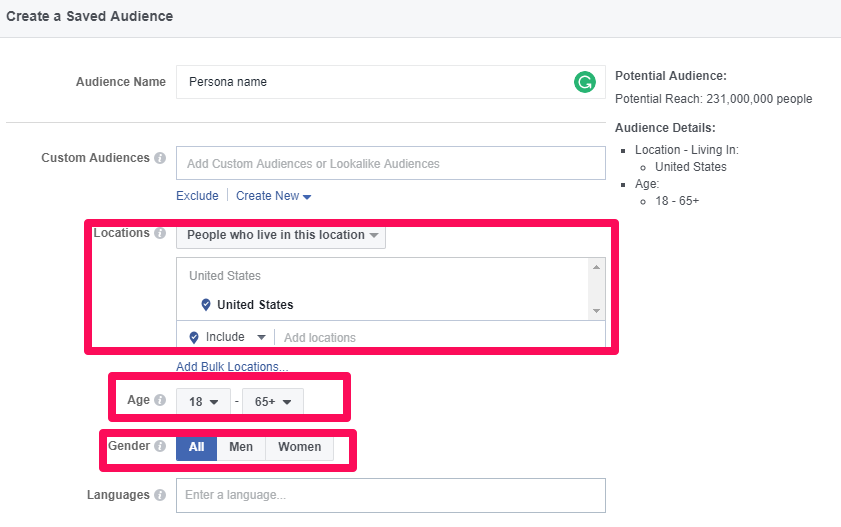

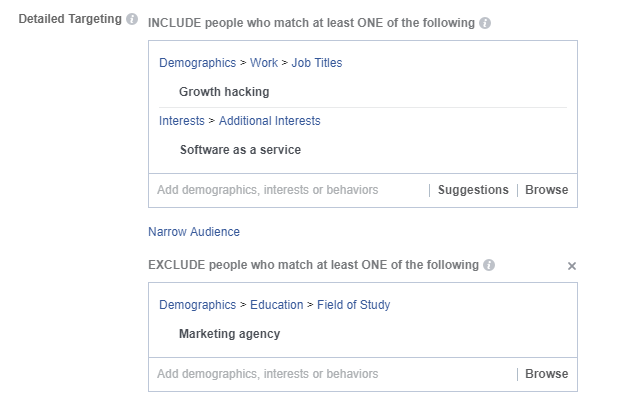
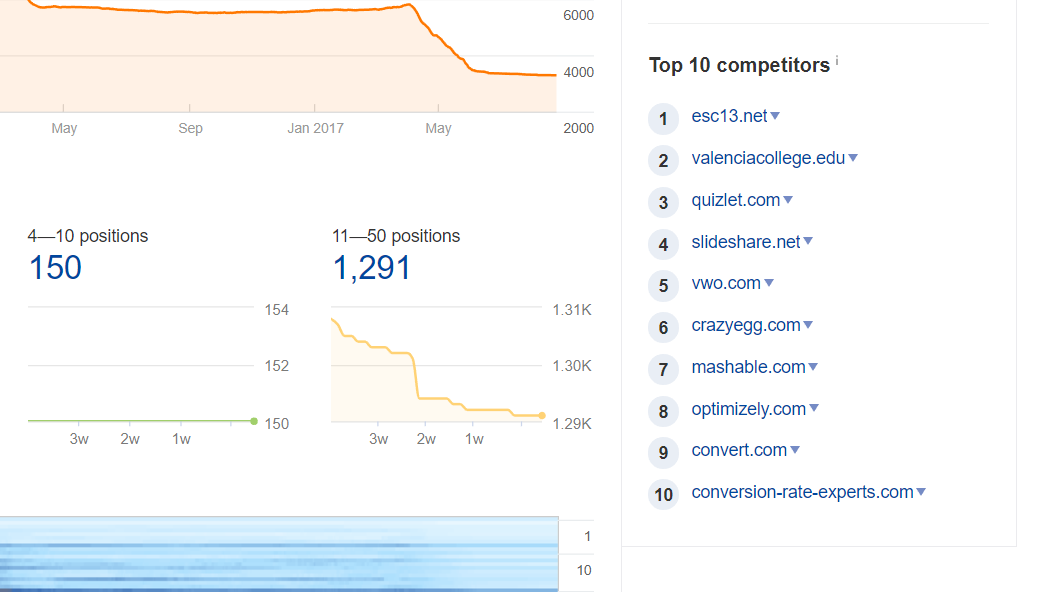
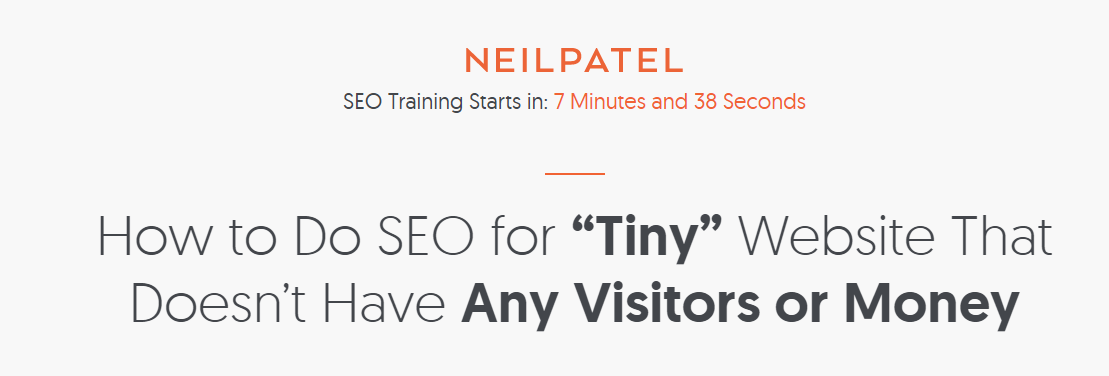
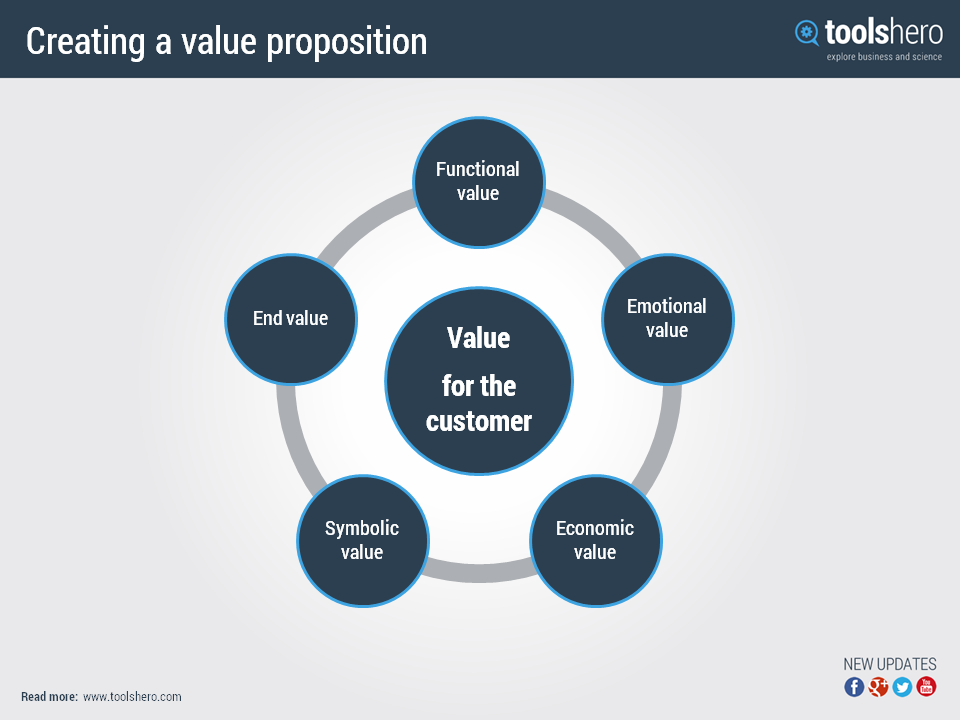

Comments (0)